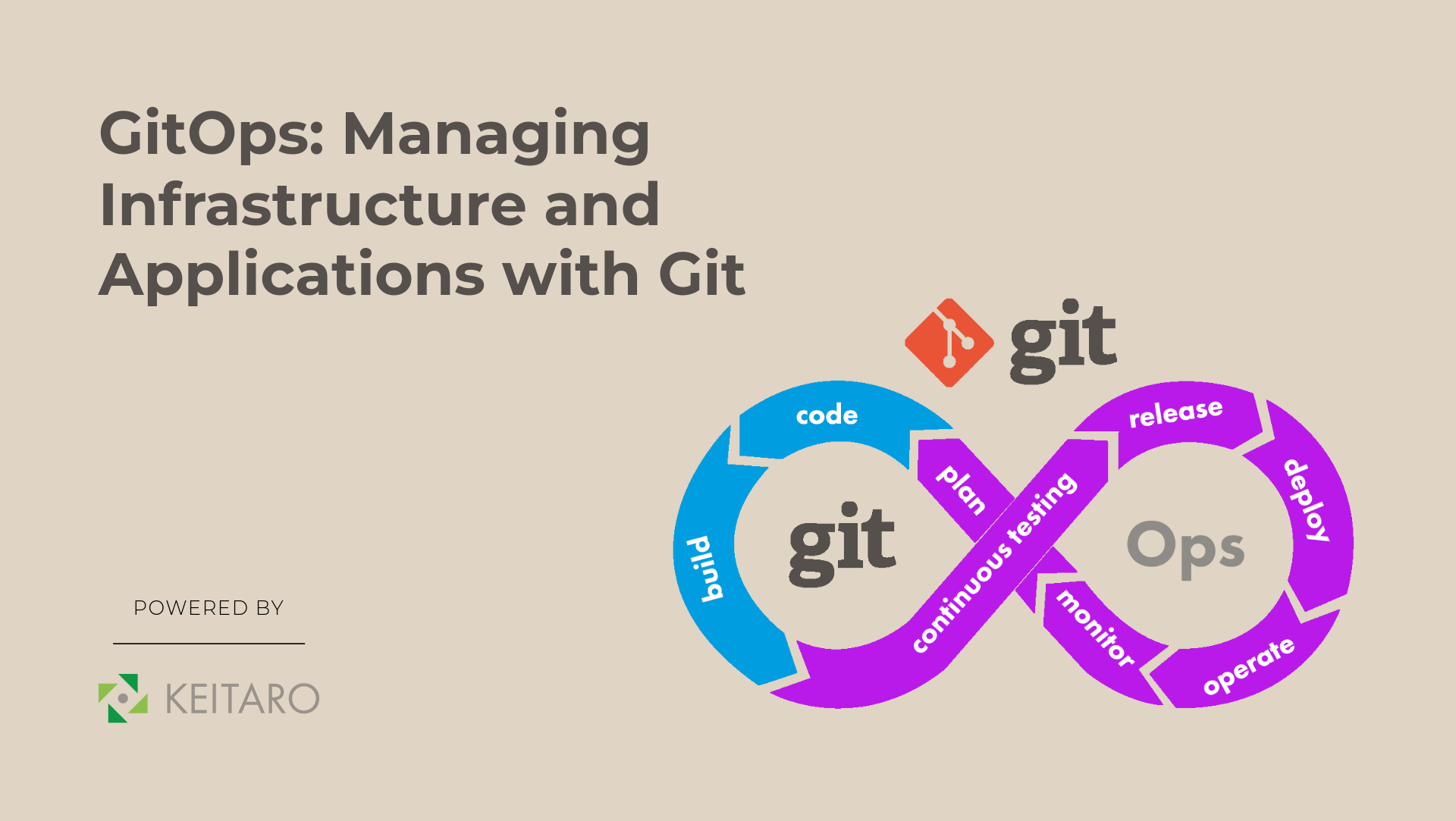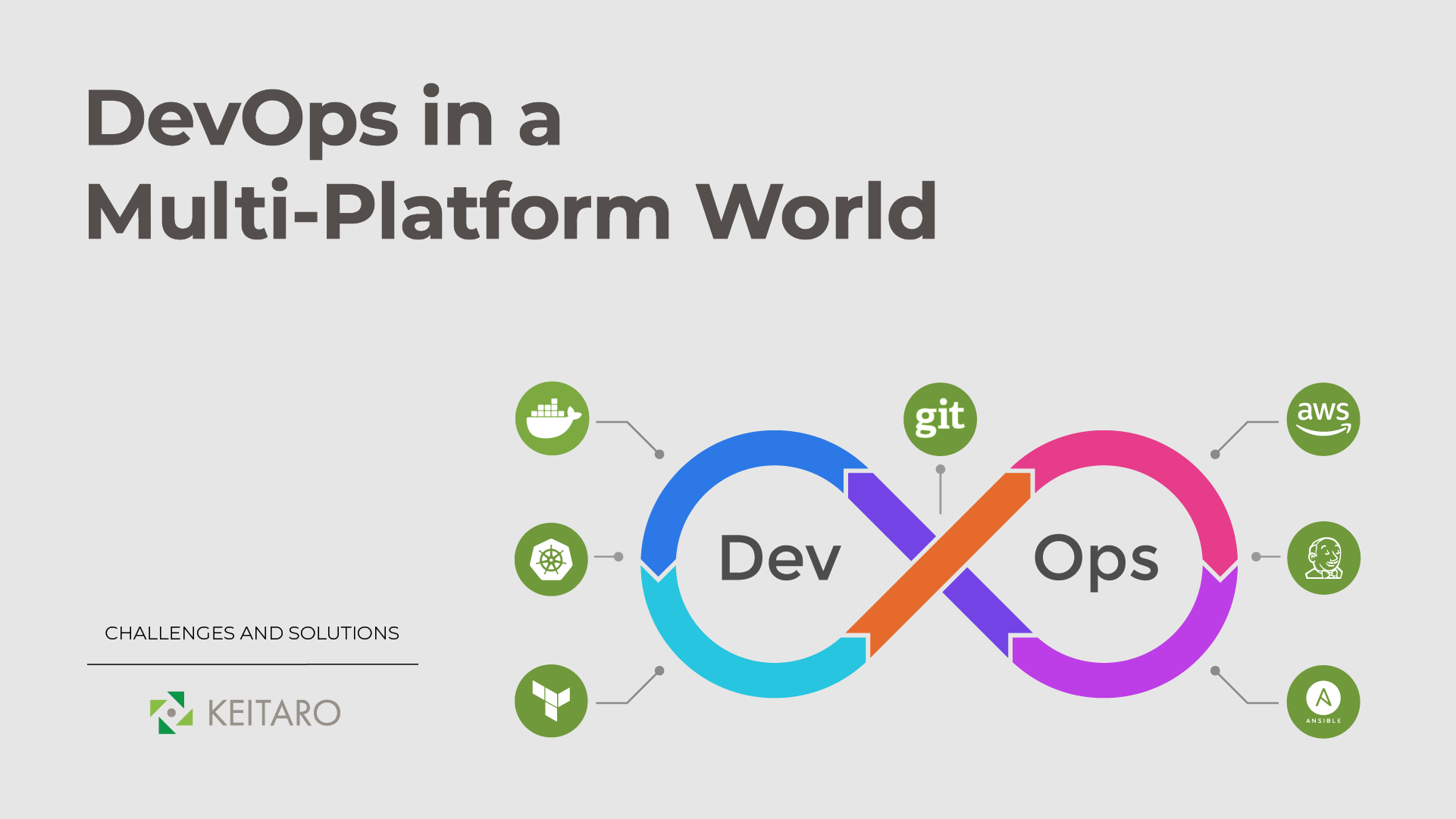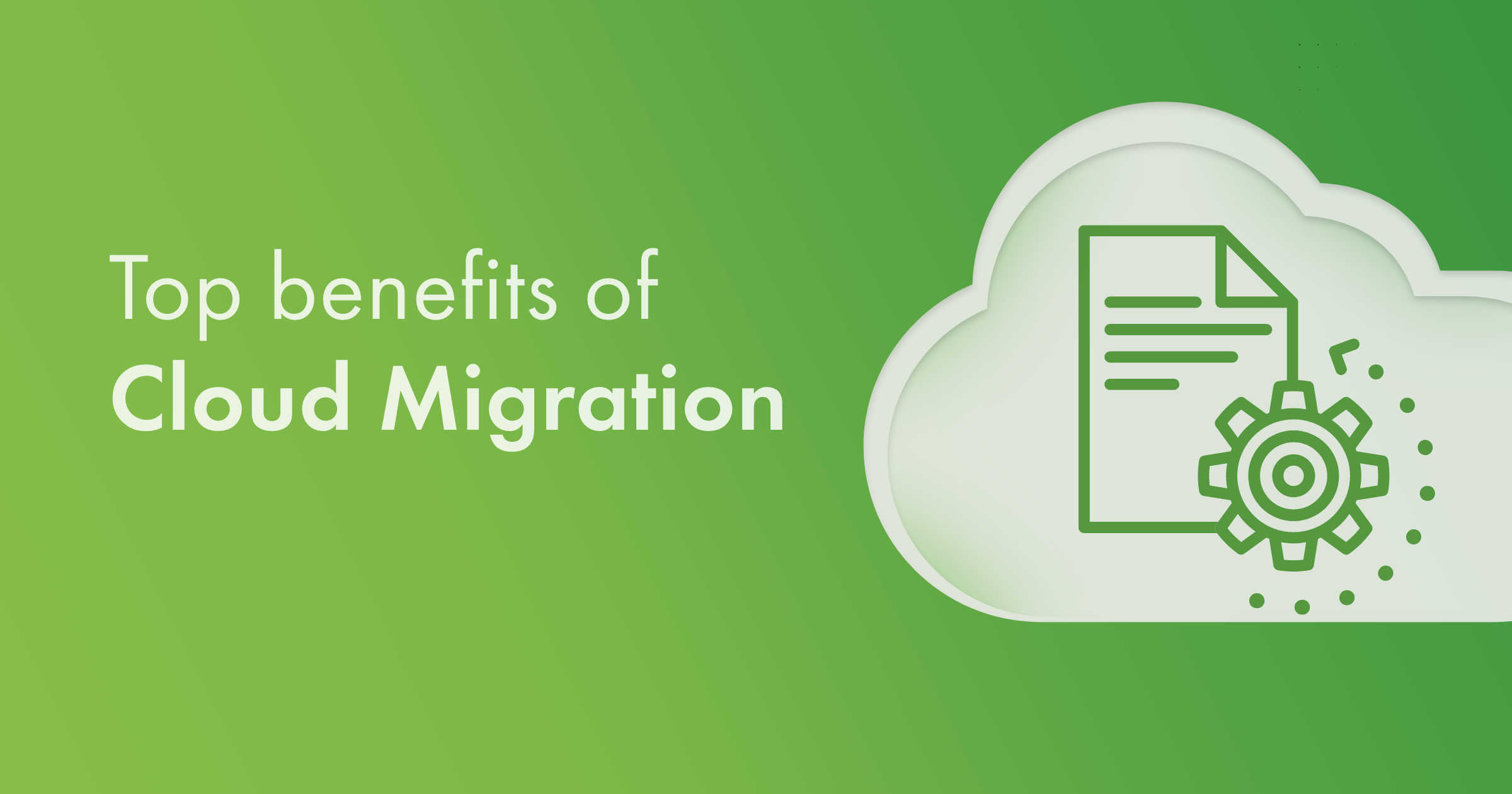Over the past few years, references to “Big Data” and “Cloud” have proliferated. Big data has proven its value and significance to a wide range of organizations and industries. With the use of big data analytics, enterprises are gaining significant business benefits with improved efficiencies and services/product optimization. On the other hand, cloud computing or cloud-native technology is helping organizations greatly in managing big data and extracting valuable insights. This blog presents a comprehensive look at big data, the cloud, and the top trends to watch.
What is Big Data?
As the name suggests, the term big data applies to large volumes of both structured and unstructured complex data that are hard to manage using traditional data processing software. In addition to being so voluminous, it also contains more data variety and more data velocity. But big data has increasingly become an indispensable resource for organizations to tackle business problems they could not address previously.
Whenever you hear about big data, you will also hear about its “Five Vs”:
- Volume: Refers to the large volume of data organizations collect, which includes that from IoT devices, transactions, social media, industrial equipment, etc.
- Velocity: Represents the unprecedented speed at which data streams and the need for its timely management.
- Variety: The many types of data that organizations have to deal with, such as structured traditional databases, unstructured documents, financial transactions, emails, etc.
- Variability: The unpredictable flow of data and its continuous changing and varying nature.
- Veracity: Refers to the quality of the data.
Big data is being used by organizations for many purposes, such as discovering customers’ shopping habits, offering personalized marketing, detecting misuse of credit/debit cards, setting up route planning in real-time, and innumerable other similar applications.
How Do Cloud and Big Data Work Together?
As big data implies an unprecedented amount of data gathered from large data generating systems, the cloud acts as the location where this data is managed, accessed, and processed via the Software as a Service (SaaS) model and the use of AI/ML.
The cloud infrastructure provides a place for storing big data, processing in real-time, and getting big data analytics quickly and at scale. Cloud computing is based on a pay-as-you-go model which gives organizations the freedom to scale their subscribed cloud resources based on their big data flow. The scalability, agility, and cost-effectiveness offered by the cloud are some of the key advantages that highlight the relationship between the cloud and big data.
If there is no cloud computing service, then many organizations will not be able to process and extract analytics from their big data. That’s because the computer systems currently used by most enterprises are not powerful enough to deal with such massive data volumes. Similarly, without big data, there would be much less need for cloud computing or cloud-native solutions. It is because of big data and its demands for storage and analytics that cloud computing services exist today. In short, the survival of both big data and cloud services are dependent on each other.
Top Trends to Watch in 2021 and Beyond
There is currently plenty of activity around big data so let’s discuss what’s most trending:
- Big Data Storage & Hybrid Cloud
With the growth of and reliance on digital data, organizations initially set up massive data centers to store and process large volumes of data on-premises. Afterward, the trend towards public cloud providers became popular for big data management. But today, organizations have plenty of sensitive data to deal with and there is a reluctance to entrust this entirely to third-party providers. That’s why the concept of the hybrid cloud is becoming more and more popular. In a hybrid cloud environment, organizations can maintain sensitive data on-premises and less sensitive data on the servers of their chosen cloud providers, like Microsoft Azure, Amazon Web Service, or Google Cloud.
- Edge Computing
Edge computing is setting down solid roots to have a profound impact on big data management and analytics in the near future. Edge computing refers to devices and infrastructure developed to process data closer to where they are collected rather than sending that data to the cloud for storage and processing. Edge computing is a tremendous advantage in situations where the data is required to be processed instantly with the least delay. For example, think of sensor data from autonomous vehicles. In addition, it also offers a sense of more privacy to the users as the data is processed from the same device without sending to a third party.
- Predictive Analytics
Big data and its analytics are key for organizations wishing to optimize their services/products and increase their competitive edge. With predictive analytics, businesses can analyze historic events and current data to know their customers’ responses and predict what might happen in the future. This way, they are in a better position to plan future steps.
- New Ways of Visualizing Data
Traditionally, big data analytics are visualized in the form of charts, graphs, dashboards, etc. But this approach does not guarantee that all the insightful points will be identified. This is why we are seeing and will see more new ways of data visualization. For example, there are analytics tools that enable us to query data and get responses in human language, known as Natural Language Processing (NLP). Similarly, Extended Reality (XR) is another emerging technology which involves both virtual reality and augmented reality to have more advanced visualization of data analytics, its meaning, and impact.
Conclusion
To sum up, big data and the clouds are the present and the future of our increasingly digital society. Big data empowers businesses to extract valuable business insights to drive further, while the SaaS model of cloud technology helps them to manage and manipulate big data with ease. If current trends in big data are any indication, it’s clear that more innovation and advancements are on their way.



